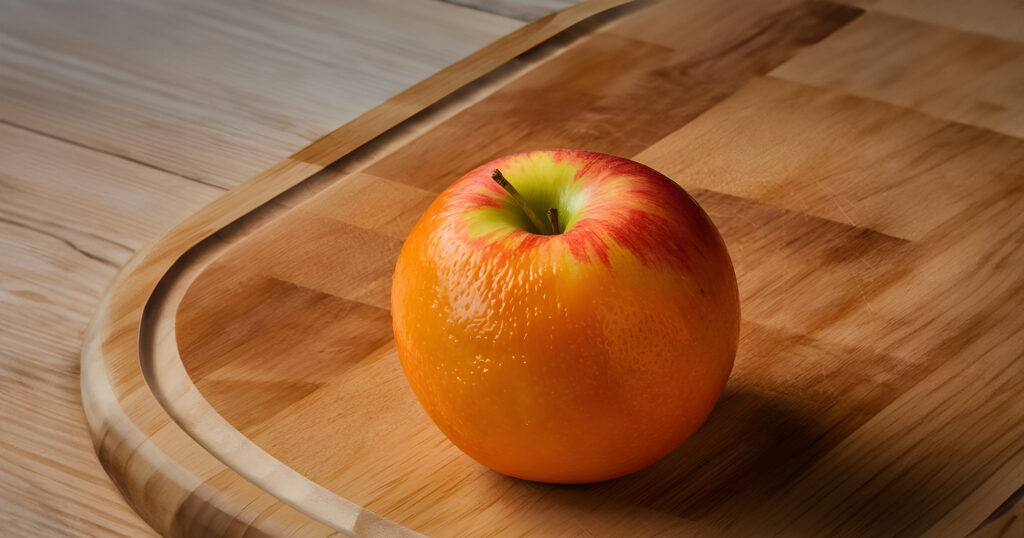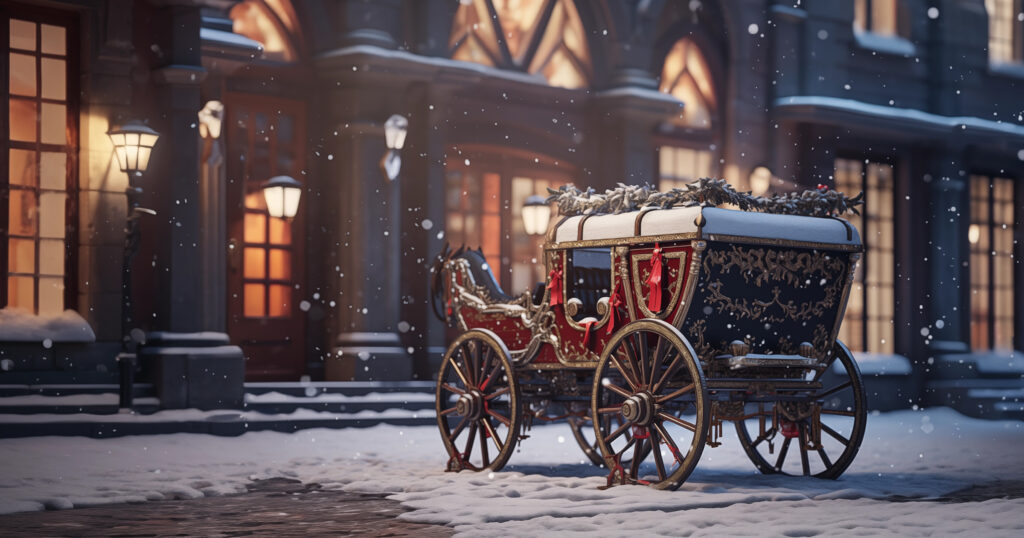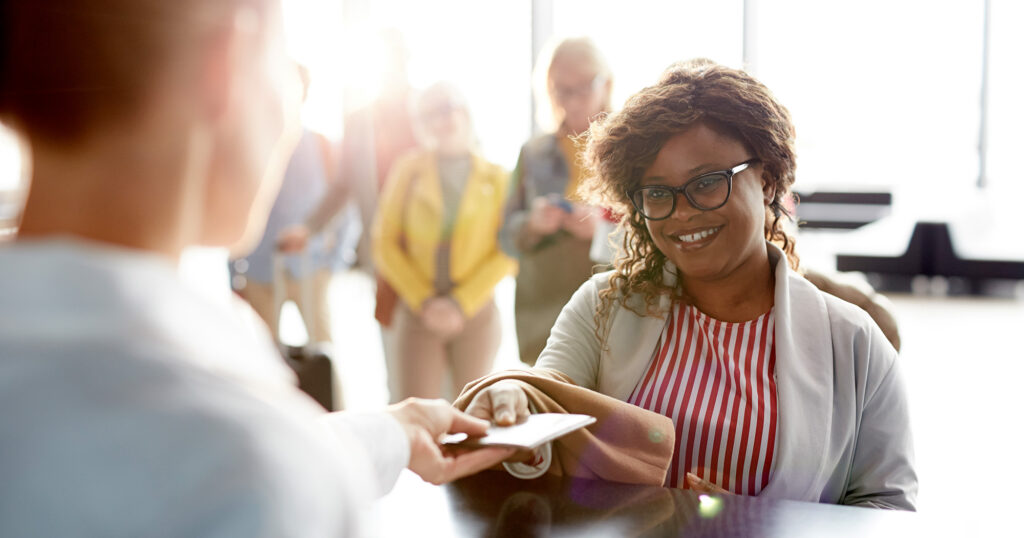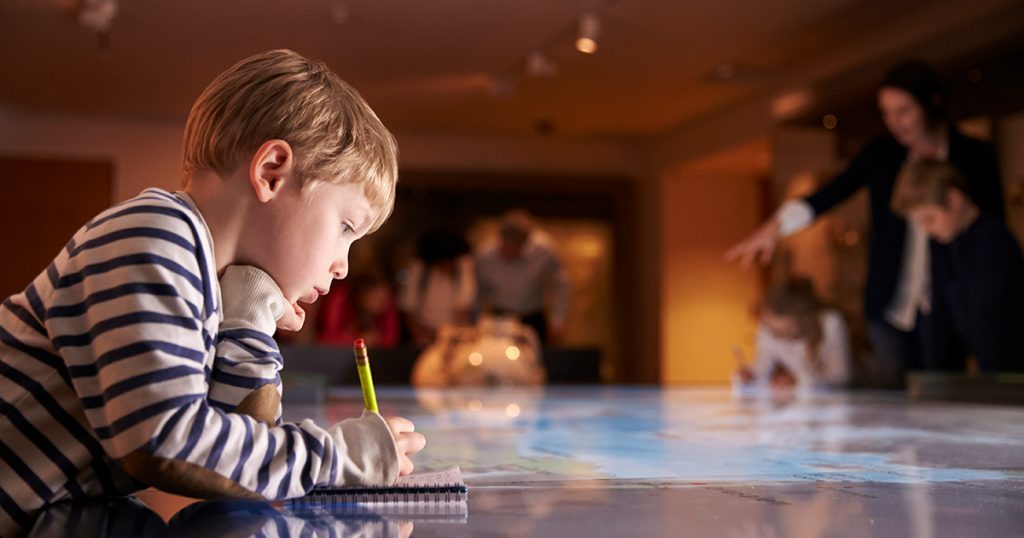 In its December 1995 issue, Art in America ran a cover story about a new technology that was beginning to transform the world of museums: something called the “World Wide Web.” Today, this article—The Art World (and I) Go On Line, by Robert Atkins—makes for an insightful and somewhat nostalgic read. For those who remember the exciting early days of the internet—logging on with a dial-up modem through Prodigy, Compuserve, or America Online; browsing the web with Netscape; searching with Webcrawler, Locos, or Infoseek—much will sound familiar. These were the days in which anything that took up more than a gigabyte of hard drive space was considered “gargantuan.” Looking back now, nearly thirty years later, many of Atkins’ observations continue to be relevant. Although in 1995 fewer than one in ten Americans were online, the advent of the World Wide Web had “already profoundly affected museums and libraries,” and of course continues to do so today.
In its December 1995 issue, Art in America ran a cover story about a new technology that was beginning to transform the world of museums: something called the “World Wide Web.” Today, this article—The Art World (and I) Go On Line, by Robert Atkins—makes for an insightful and somewhat nostalgic read. For those who remember the exciting early days of the internet—logging on with a dial-up modem through Prodigy, Compuserve, or America Online; browsing the web with Netscape; searching with Webcrawler, Locos, or Infoseek—much will sound familiar. These were the days in which anything that took up more than a gigabyte of hard drive space was considered “gargantuan.” Looking back now, nearly thirty years later, many of Atkins’ observations continue to be relevant. Although in 1995 fewer than one in ten Americans were online, the advent of the World Wide Web had “already profoundly affected museums and libraries,” and of course continues to do so today.
Reading an article like this prompts us to ask: just how much have museum websites changed in the past three decades, how will they likely change in the future, and how can museums keep up? These are some of the questions we will explore in this article. But first, let’s take a fun look at a few popular museum websites then and now.
1. The American Museum of Natural History
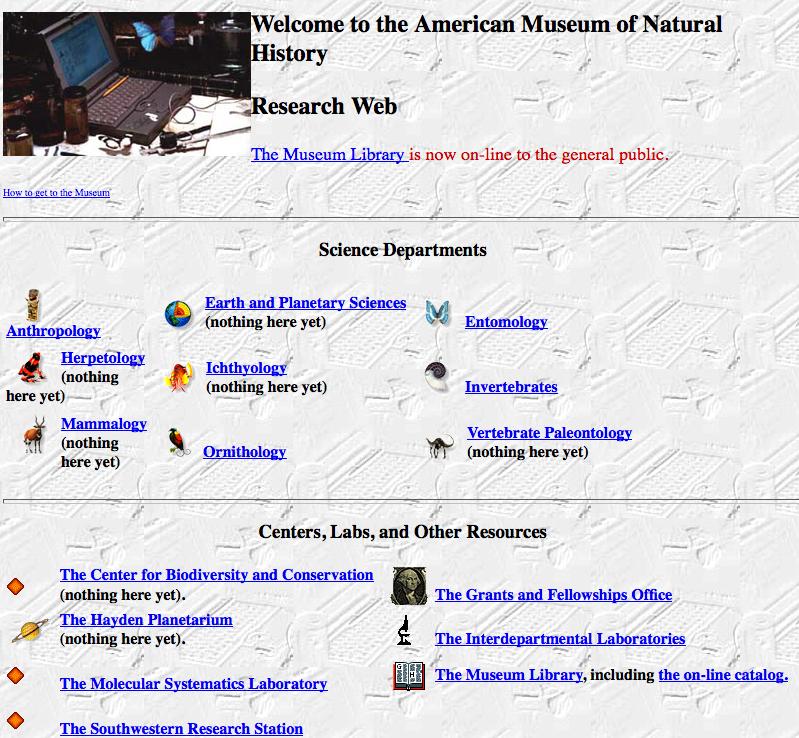
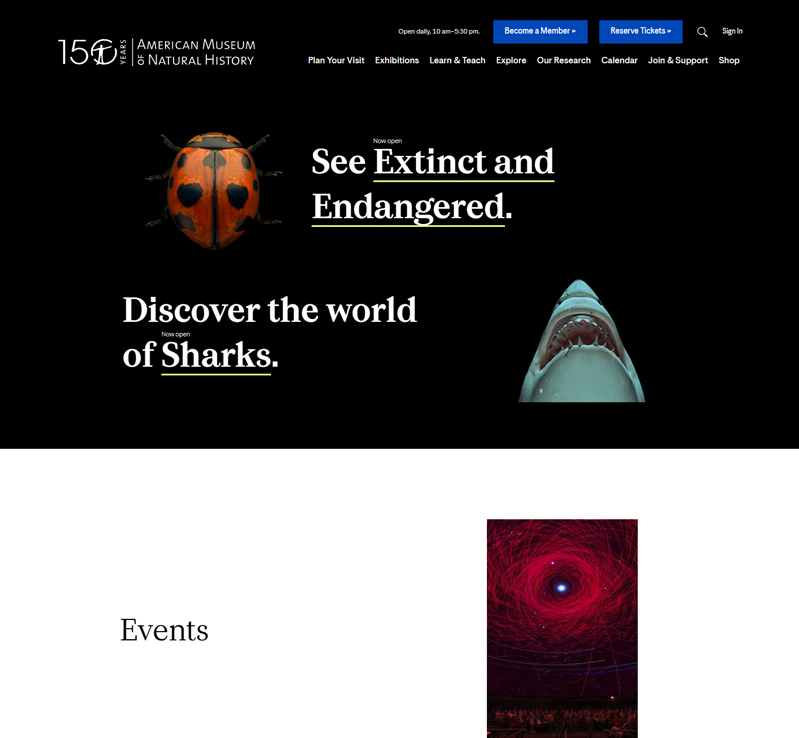
2. The Art Institute of Chicago
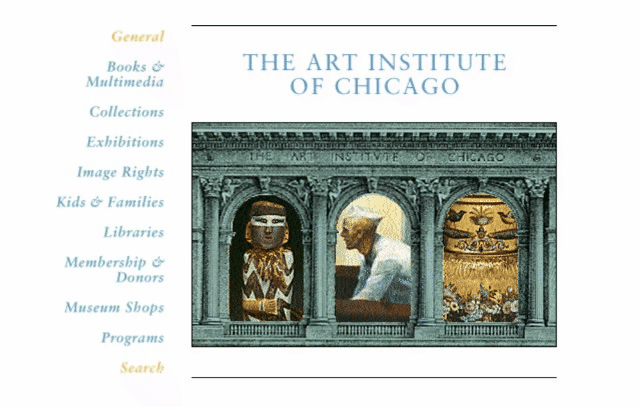

3. The Guggenheim

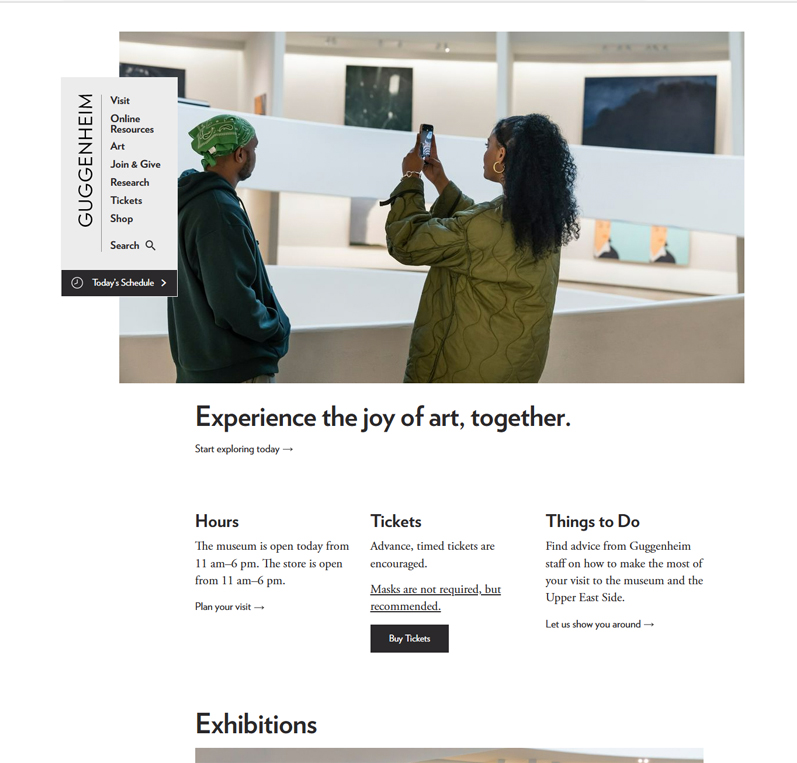
4. The Louvre

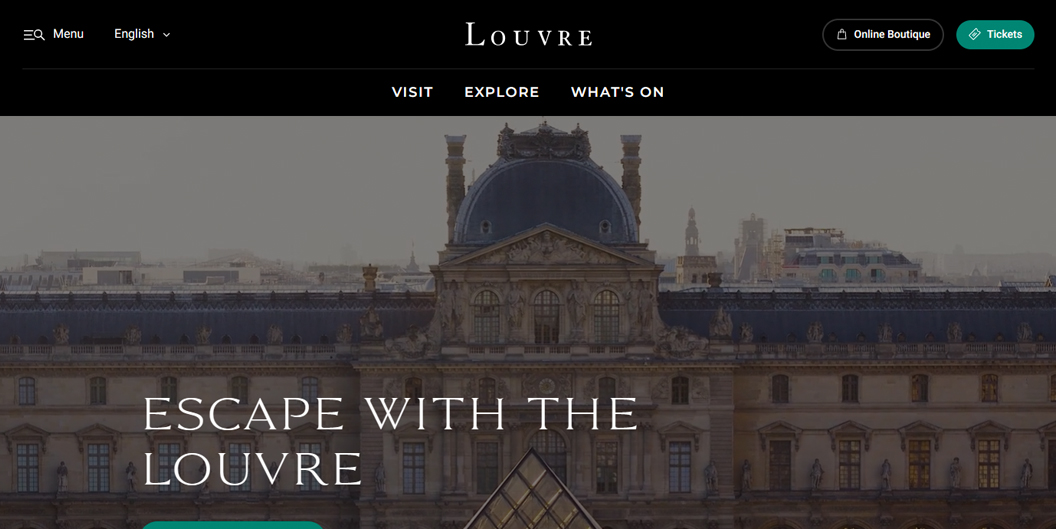
5. Minneapolis Institute of Art
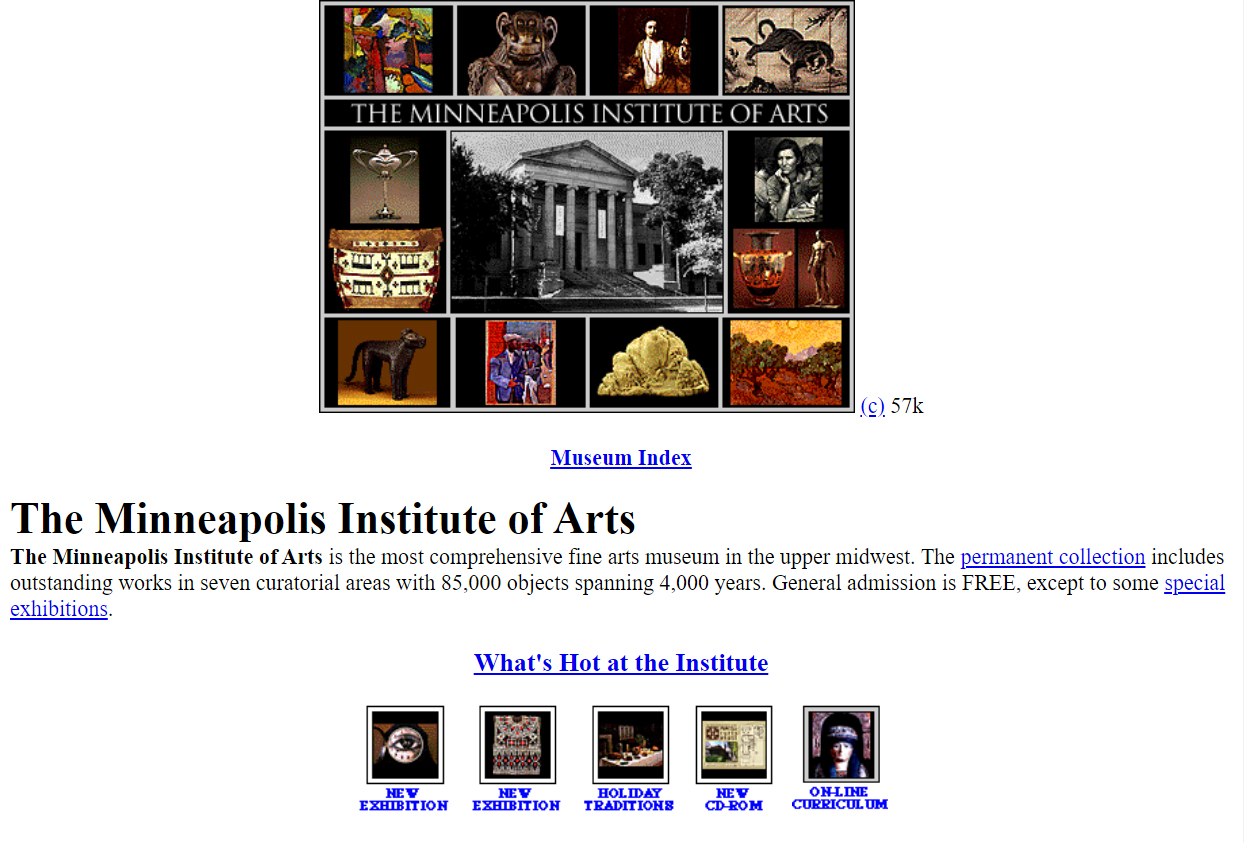

6. National Gallery of Art
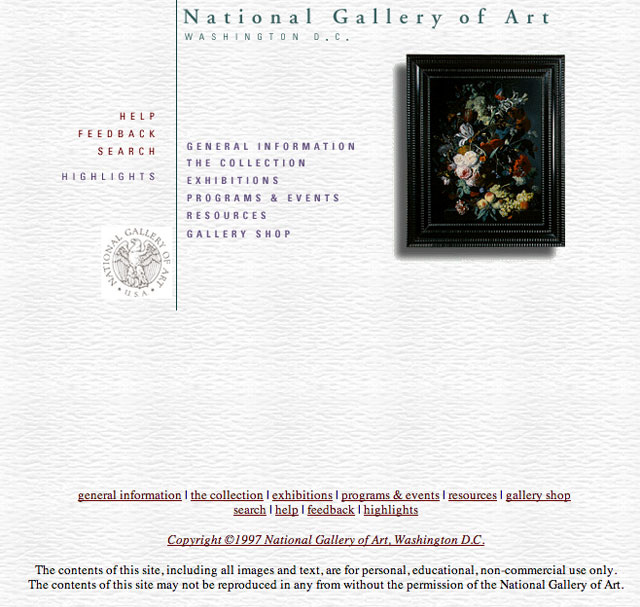
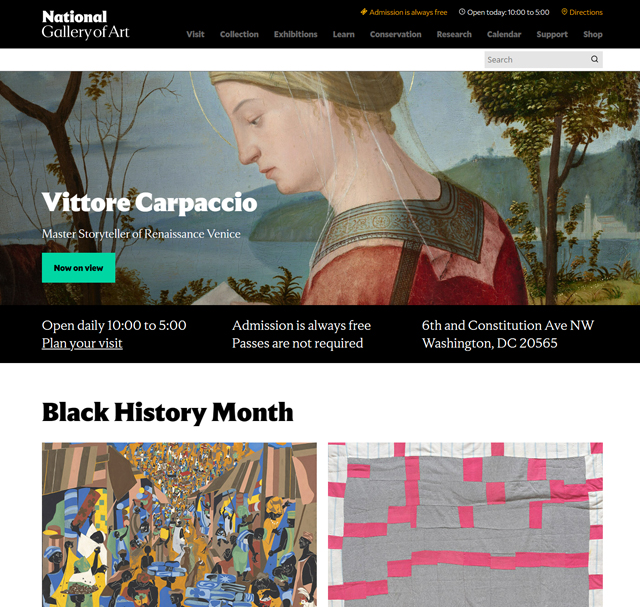
7. The New Museum
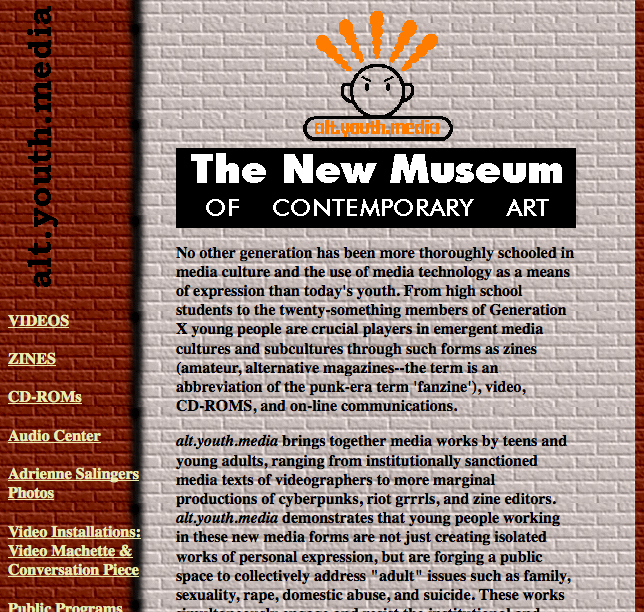
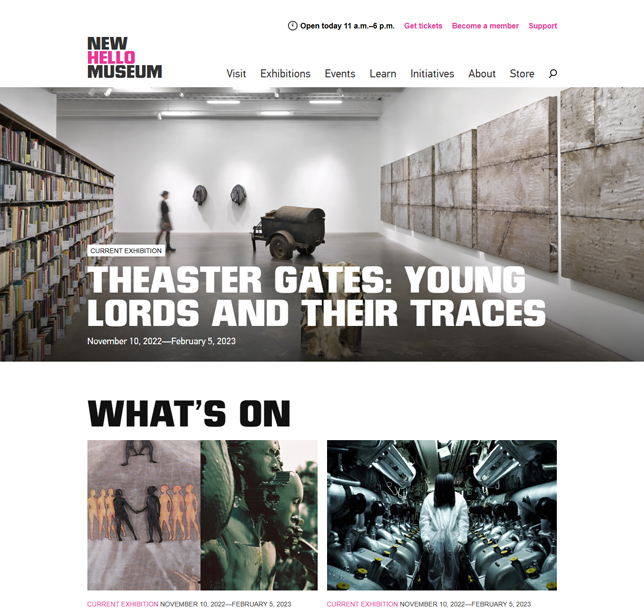
8. The Prado

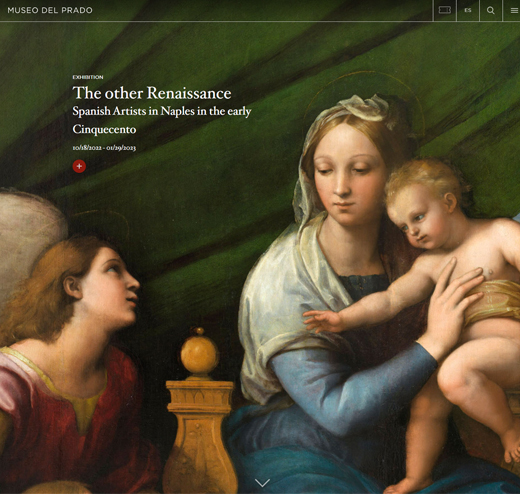
9. San Francisco Museum of Modern Art
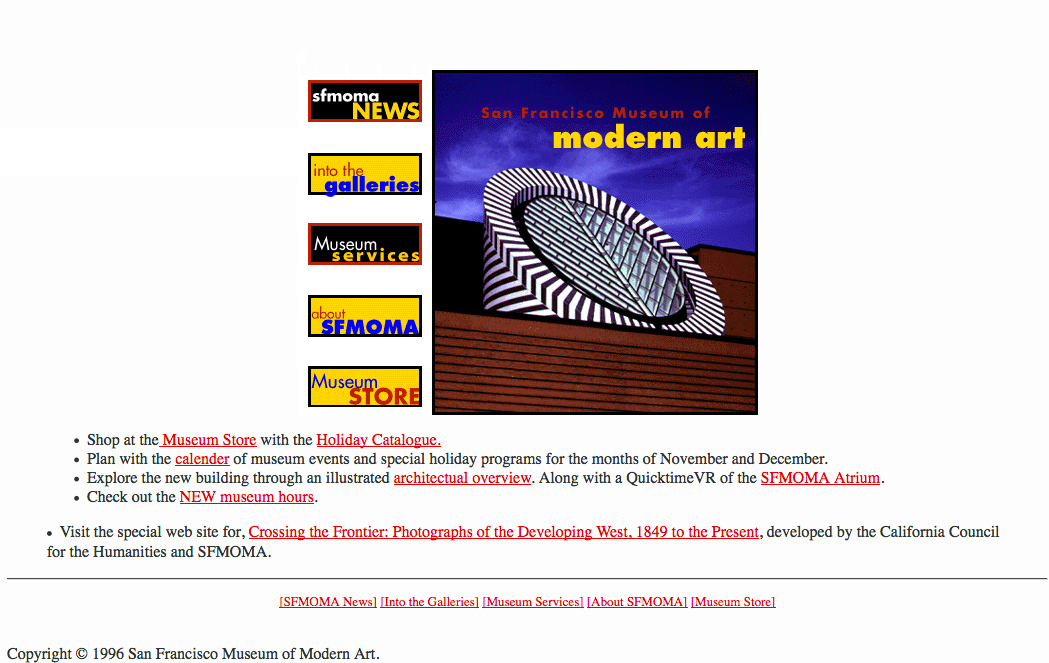

10. The Metropolitan Museum of Art
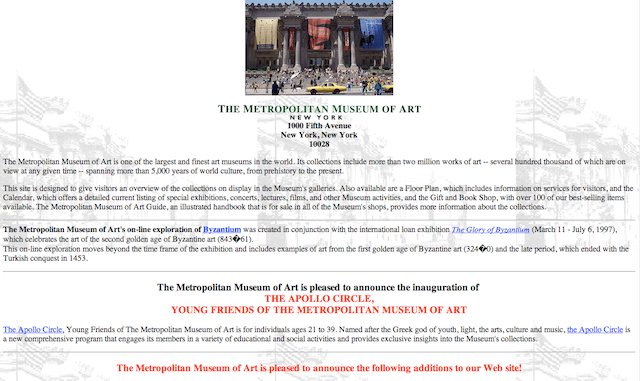
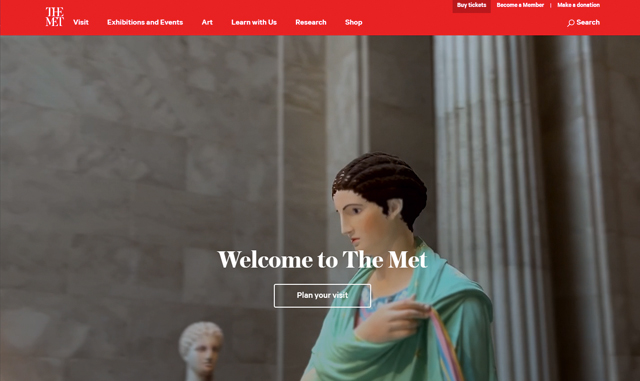
The conclusion is inescapable: website design has come a long way over the years!
Returning to our 1995 Art in America article: even then, Atkins identified five major characteristics of web design and tech developments that sounds familiar to us today. Reading over them can remind us of some of the continual pattens and trends of internet content and can prompt us to reflect on how effective and impactful our own website are.
1) More museums needed to take advantage of the full power of the web.
Atkins wrote, “Unfortunately, most museums seem to regard their Internet outposts mainly as vehicles for the dissemination of publicity and programming information, rather than education or viewer interaction.”
A decent website is basically a company brochure, but a great website takes full advantage of the latest technologies and techniques. This was true in then, and it is true now.
Question for museums today: To what degree have we tapped into the latest innovations to provide our users with the best content and experience possible, going beyond minimal posting of information?
2) Keeping a website up to date is always a challenge…
“The constantly expanding Louvre site now showcases reproductions of the museum’s Vermeers. But the museum’s on-line exhibition schedule is hopelessly out-of-date, underscoring the necessity of constant maintenance and up-dating.”
Remember the “Under Construction” GIFs of ’90s websites? What began as an apology for a website that was still work in progress disappeared when we acknowledged that every website is always a work in progress due to the dynamic nature of the web. This also means that, both then and now, the quickest way to suggest one’s irrelevance is to allow a website to become out of date.
Question for museums today: How often do we update our website—including our blog, social media, and video posts? What is our strategy for content management?
3) …but the speed of the internet is a game-changer when it is taken advantage of.
Today, it is easy to forget how much the internet revolutionized the speed that information became available. In 1995, Atkins found it amazing and worth noting that the University Art Museum featured information and images on an exhibition before the paper catalog was printed! The French Ministry of Culture, similarly, featured a few finding of Paleolithic cave paintings. “The caves were re-discovered last Christmas and the web site—with four gorgeous reproductions from the inaccessible caves—was up less than two months later.”
Question for museums today: Is our website (including the blog, social media posts, etc.) not only not out of date, but also a resource where people know they will find the latest, news, trends, and ideas?
4) Online message boards and live online chats were tremendous innovations (but had trouble living up to their potential).
Long before YouTube, Twitter, or blogging sites, the internet had an experimental time for interactive features on websites. This is how Atkins describes a message board run by the Whitney museum, which rather boldly referred to itself as an “ongoing conference”:
The Whitney is the second museum to host an ongoing conference on a bulletin board. (Only the Smithsonian’s conference on America Online has been in existence longer.) Museum curators and guests occasionally log on for real-time chat events, but the conference mostly provides ongoing bulletin-board style hosts discussions…
I discovered that one can initially read months of old postings and then decide whether or not to add to the “conversation.” Unfortunately, the level of discussion is almost invariably pretty unfocused, and more-than-vaguely reminiscent of all-night, college bull sessions.
Atkins went on to identify two of the main barriers to quality conversations online, ones that will sound familiar to internet users today: the “unnuanced quality vis-à-vis spoken conversation” of online chatting and posting, and the “anonymity” which decreases users’ feelings of responsibility for what they post. Another anecdote recounts a special event in which the artist Jenny Holzer went live on America Online to interact with audience members and answer their questions.
Although the technology that allowed for this sort of interaction was impressive, the event was impaired by the low-quality discussion and questions from the audience, which “consisted primarily of Beavis and Butthead-style remarks supplied by audience members who understood neither Holzer nor her art.”
Today, interaction with users typically happens through social media networks like Facebook, Twitter, or Instagram. Special events hosted over Zoom have superseded old AOL-style chats. While we are all too familiar with the kind of online drivel Atkins encountered in the mid-’90s, we have, fortunately, come a long way in discovering how to manage online interactions in a way that is truly effective and positive for users and visitors.
Question for museums today: How well do we intentionally and effectively interact with users online in a way that builds a sense of community and provides opportunity for interaction with artists and museum staff?
5) Organizations that didn’t anticipate new technological trends were losing out.
Finally, Atkins noted that some technological trends—even relatively recent ones—were already giving way to even newer ones. Remember CD-ROMs? This short-lived technology was on its way out almost immediately after surging in popularity and usefulness:
The Christmas sales figures on CD-ROMs were disastrous…Many observers believe that this non-interactive digital format is transitional and that the real explosion of electronic, multi-media publishing will be located on the Internet…My recent experience is typical: The publishers of my contemporary- and modern-art guides, ArtSpeak and ArtSpoke, are ambivalent about spending the several hundred thousands dollars necessary to produce a CD-ROM version.
In the mid-’90s, many companies were investing enormous amounts of money in CD-ROMs. (A few readers might even remember CD-ROM magazines.) These organizations saw the genuine potential of this new technology, but unfortunately failed to recognize the even greater potential of the internet.
Question for museums today: How closely do we follow the latest technological trends, and can we recognize ones that sound promising but are destined to disappear as quickly as they came?
Three Decades of Innovation: New Opportunities, New Needs
Since 1995, the continual development of internet technology has created new opportunities and new needs. Consider just a few which we have written about previously:
| New Opportunity | New Need |
|---|---|
| 1. High-speed internet access has increased the number of images and videos on websites | Better Media Management |
| 2. Blogging, Social Media, YouTube | Effective Content Strategy Habits |
| 3. Content Management Systems like WordPress | The Low Code / No Code Revolution |
| 4. The digitization of production assets | Efficient Digital Asset Management Systems |
| 5. A staggering number of resources online, accessible through search engines with complex algorithms | Strategies for effective Search Engine Performance |
What’s next? How will the internet continue to evolve in coming years? Which widely-discussed technologies currently in development—virtual reality, augmented reality, and the metaverse—will revolutionize our we experience museums online, and which less visible or not yet invented ones might make an even larger impact?
One breakthrough happening today (which we will discuss more in an upcoming article—stay tuned!) is the way WordPress is allowing organizations to integrate and simplify the way they manage their multifaceted relationship with visitors. WordPress may have become the go-to application for website development, but most view it as just one of many applications that organizations have to juggle as they try to keep up with mailing lists, manage online ticket sales and donations, keep track of membership records, oversee collection management systems, and meet other customer relationship management needs.
What if all of these needs could be met in a single application—within WordPress itself? That technology is available now! Consider the way these plugins could allow your museum to drive the entire operation for customer relations through WordPress:
• FluentCRM – Administer all of your email marketing from your WordPress dashboard. Manage leads and customers, email campaigns, automated email sequencing, learner and affiliate management, and monitor user activities and many more in one place.
• GiveWP – Easily create customized donation pages. GiveWP provides you with an intuitive way to accept donations online through your own WordPress site with a variety of payment methods available in multiple countries.
• WooCommerce – Manage online shopping through WordPress. WooCommerce includes features for product listings, payment processing, and order management, as well as a wide range of customization options.
• MemberPress – Create, manage and track membership subscriptions and sell digital products; grant and revoke access to posts, pages, categories, tags, feeds, communities and digital files based on what products your users have purchased or subscribed to. Leverage all of the features of WordPress and WordPress plugins including content management, forums and social communities.
As plugins like these make customer relation management simpler, more efficient, and less expensive, organizations can free up valuable time and resources to redirect toward more essential needs.
Wherever the future takes us, what we wrote a few years ago in Preparing Your Museum for Technological Breakthrough still holds true. Planning ahead means not only keeping up with new technologies as they arrive, but imagining and anticipating the innovative ways users will be able to digitally experience your museum before they are here:
My suggestion is to start talking and planning for this today, as if all the tools were already available. Start working now on content strategies, story prioritization, wish lists for augmented media like audio and video, and contextual object relationships. Wouldn’t it be great, if by the time your site has all these tools available, that you already had several online-curated features ready to showcase? Content creation is, and always has been, a challenging part of website development. With the new expansion of possibilities in front of museums, that challenge will be greater than ever. Best start now.

